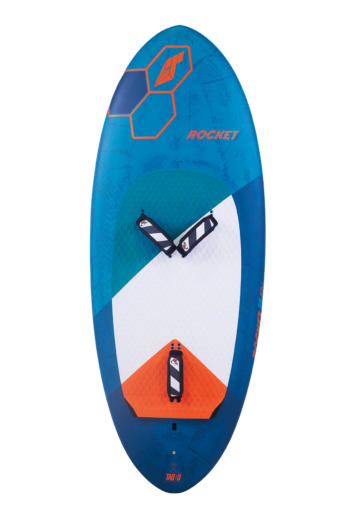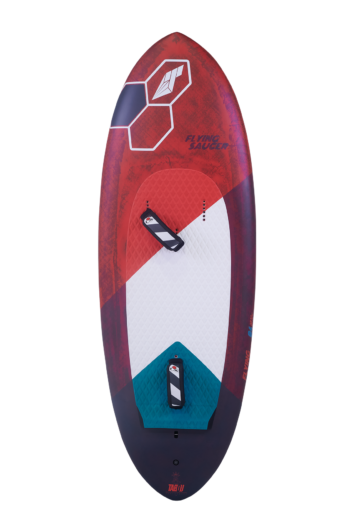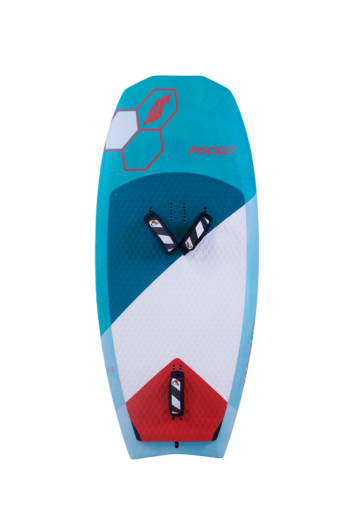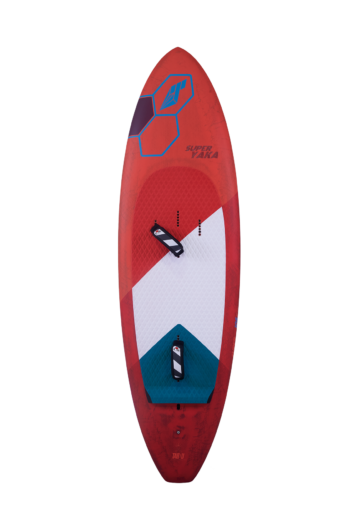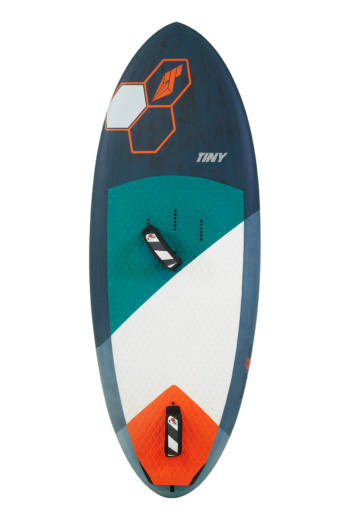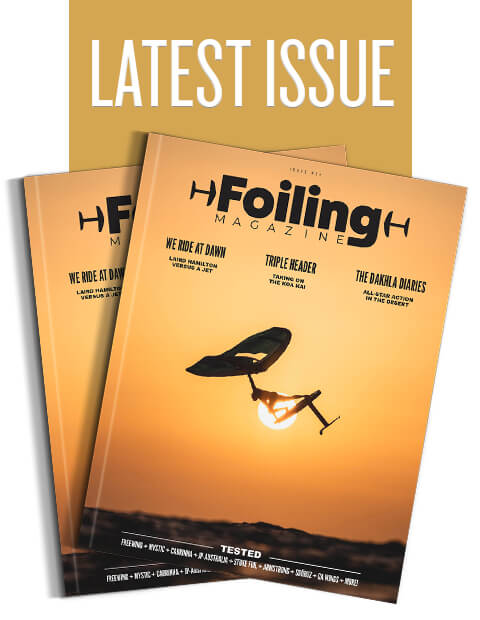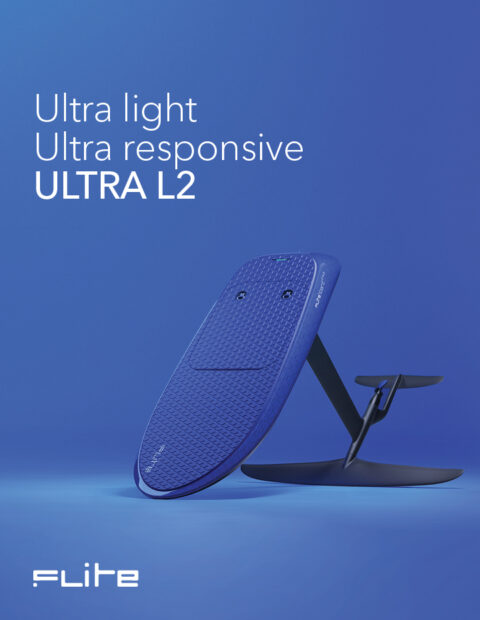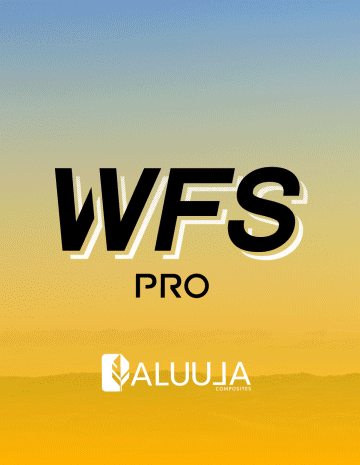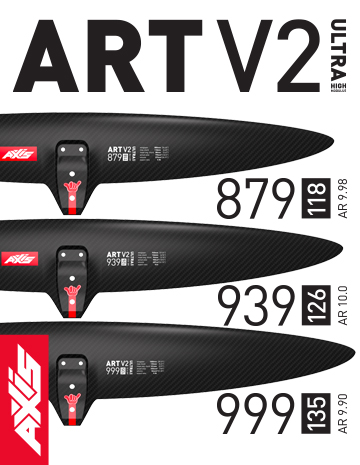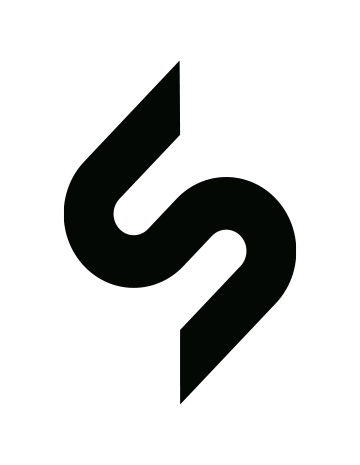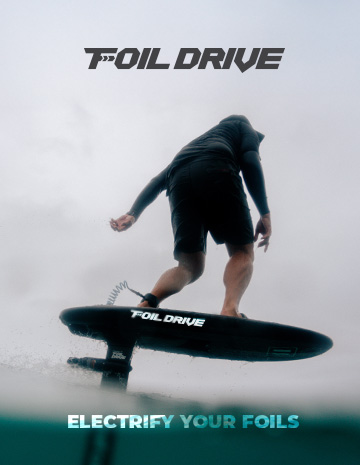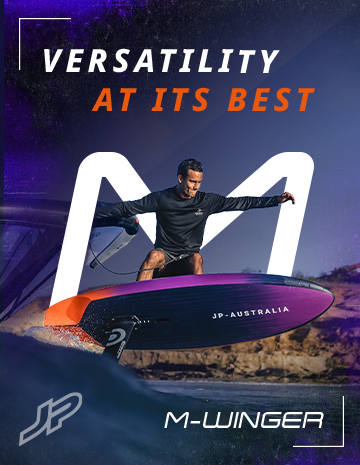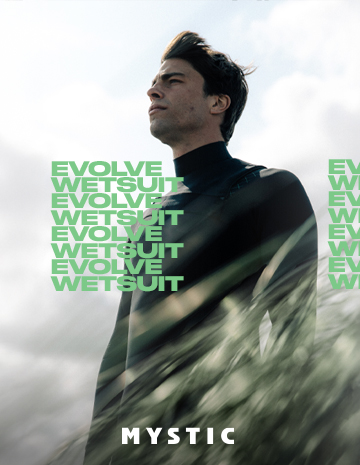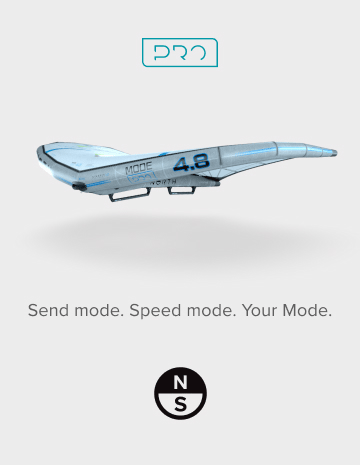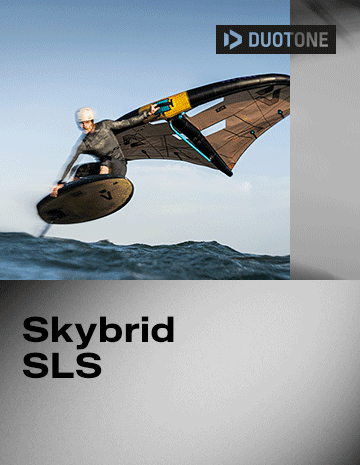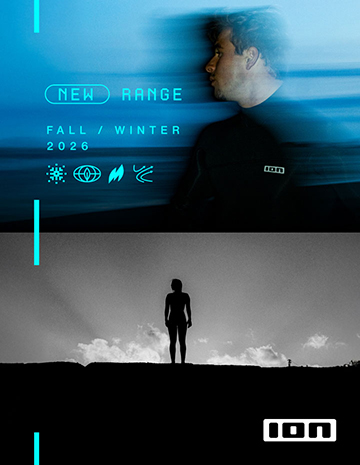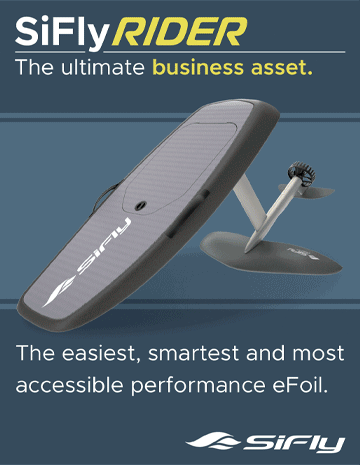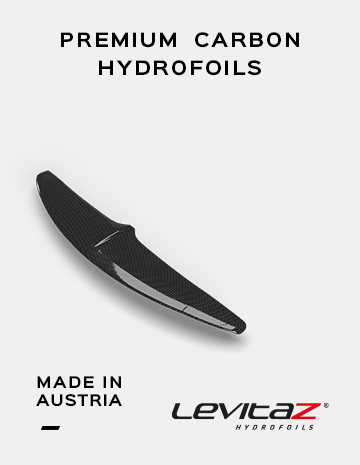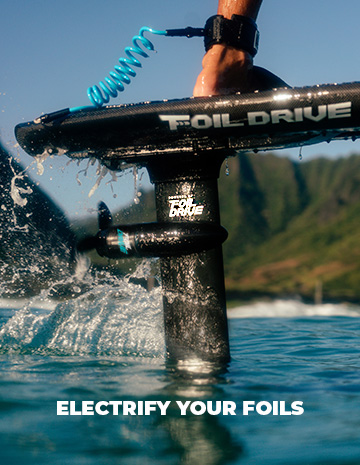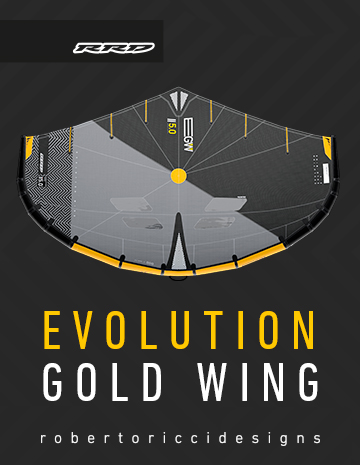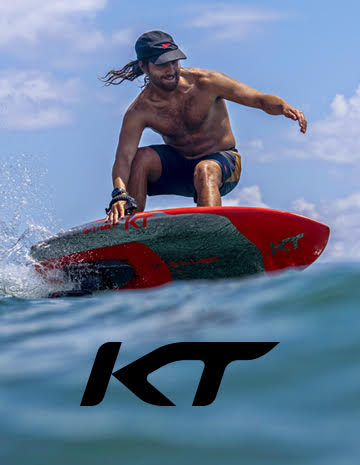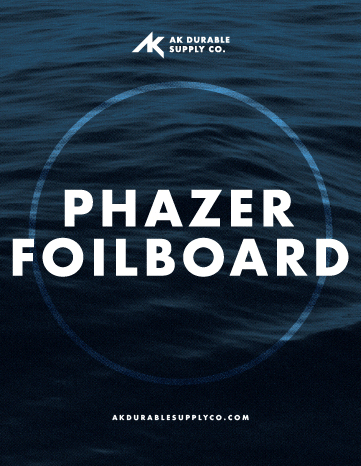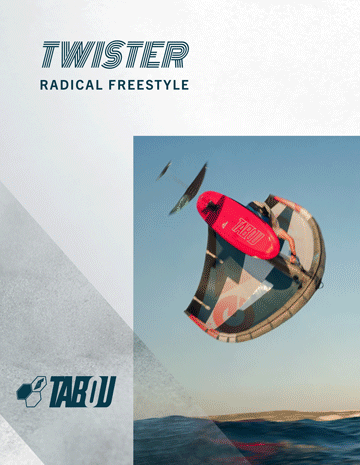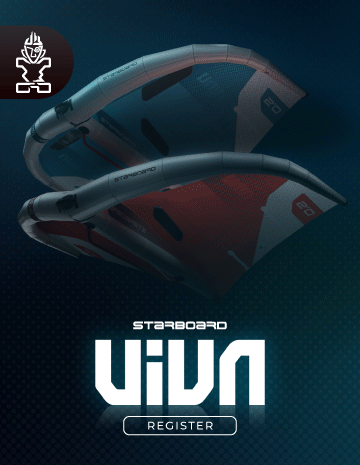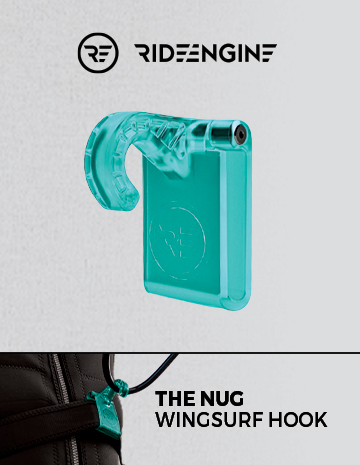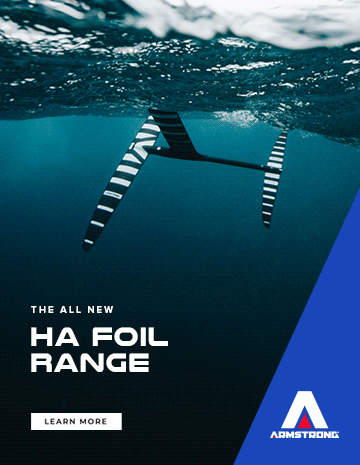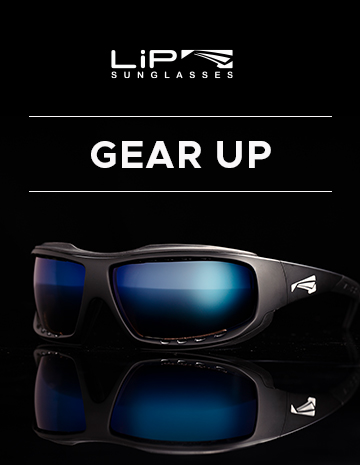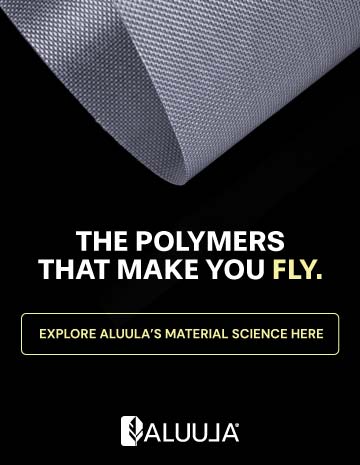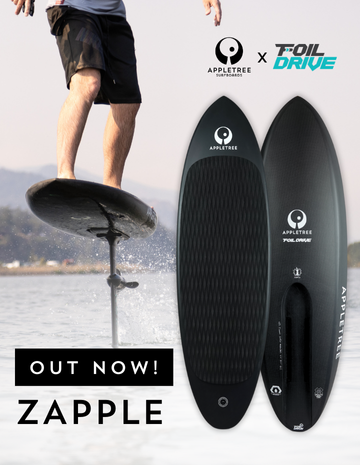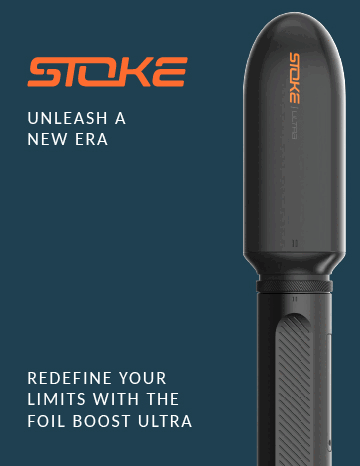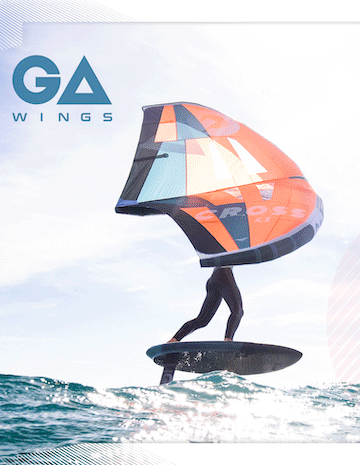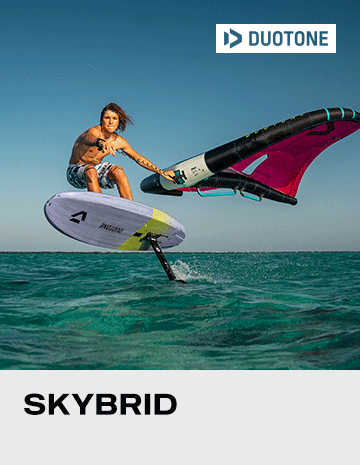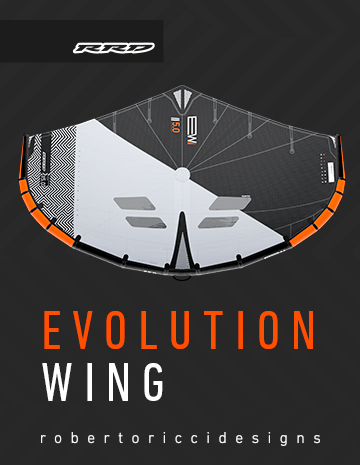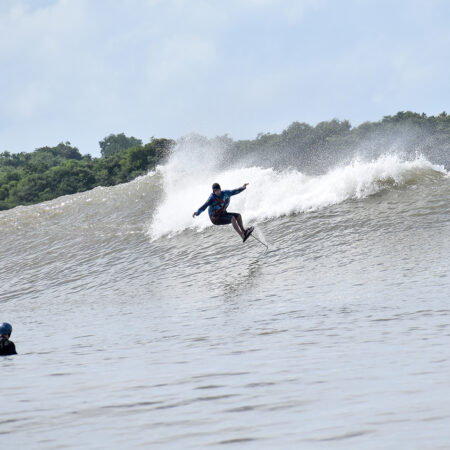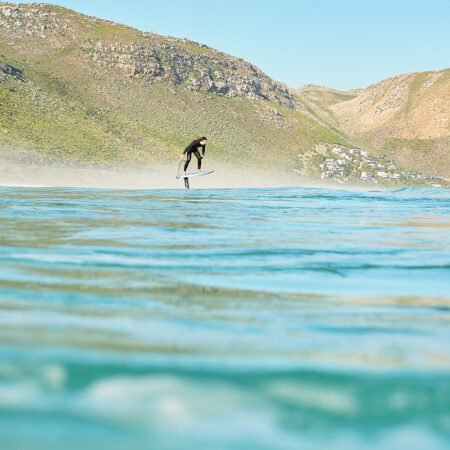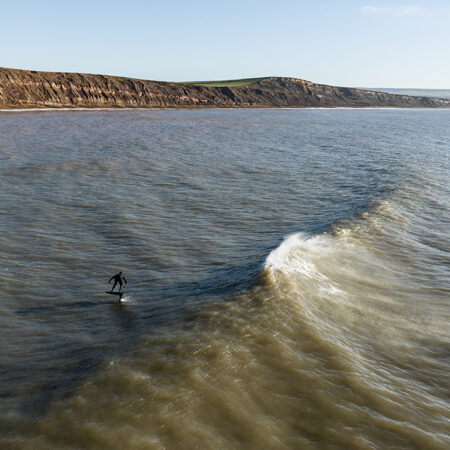INBOUND: Tabou Wingboards
We became aware of a pretty comprehensive wingboard drop recently from Tabou. And being the diligent team we are, we got in touch with Tabou’s board shaper Fabien Vollenweider to find out more…
Hi Fabien. We have new incarnations of the Pocket and the Tiny, and then some brand-new models with the Super Yaka, the Flying Saucer, the Zeppelin and the Rocket. First up, kudos to whoever works on the names, we love them…
Hi team, thanks! I spent many hours in the shaping room and at the beach with our team to develop the most extensive Tabou foilboard range to this day. All the names usually come up, while working on new board models and some are quite obvious right from the beginning. The Rocket has been one of the most legendary windsurfing boards for decades and we wanted to transfer its easy-to-use freeride performance to wingfoiling, so the name Rocket was almost mandatory.
Understandable. Let’s first talk about the existing models, the Pocket and the Tiny. What are the new features in these boards that we should know about?
For 2025 we added three bigger sizes to the Tiny range, so I have tried to stay in the same spirit as for the smaller sizes, but for bigger, heavier riders. Keeping the board super agile and reactive – while still providing great take-off capabilities with its sophisticated hull shape and concave – was key during the development process of the larger sizes. The Tiny is slightly longer and thinner compared to the Pocket, which leads to that surfy feel and prone foiling option. We have not yet changed the shape of the Pocket, but on the TEAM version we have implemented new reinforcements of the box to make them stronger, while preserving super light boards. The same reinforcements have been added to the Tiny, moving to a sandwich construction to achieve even stronger boards, which are built to last in rough conditions and during radical riding. Additionally, we’re already working and testing new shapes for the Pocket 77 and smaller, which will mainly be geared for hardcore freestyle and freewave action.
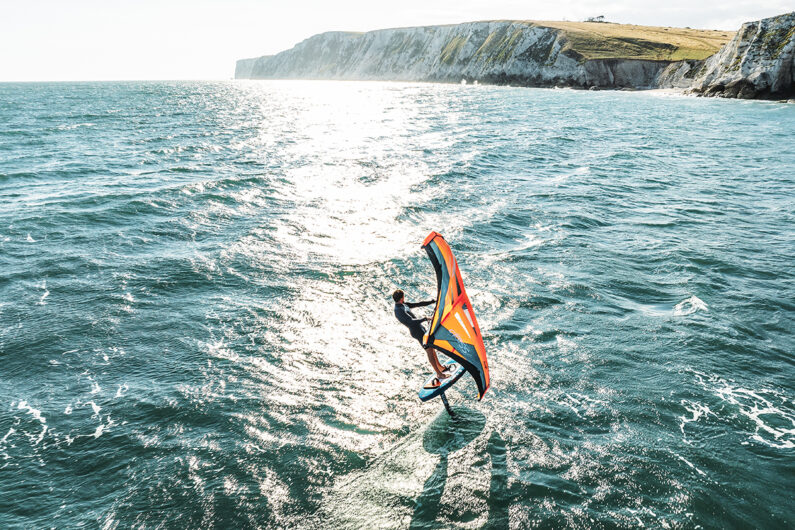
When you revisit an existing model, how do you determine what needs adding or changing and how do you know when to stop without ultimately changing the board completely?
Usually, I summarize all feedback from customers, riders and magazine tests. Then I try to keep all the good characteristics and enhance all the points that offered potential for improvement. I also implement things we learned during the R&D process into other models that we develop simultaneously, if that makes sense. Our concave rail design originated in the Pocket for example, and then later on worked perfectly for the Tiny boards as well. Also our newest additions make use of this concept in some form. Another feature that appeared to work on different board models during the development process was the elongated tail design with reduced volume, which leads to quicker take-offs and easier pumping characteristics.
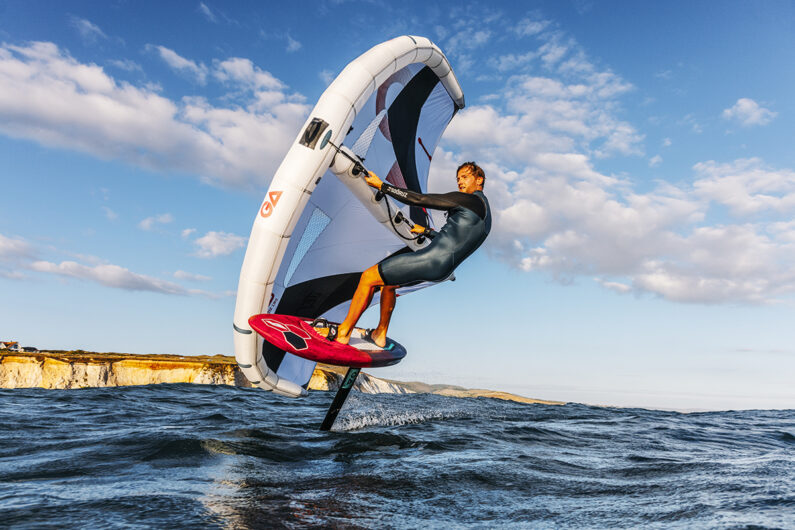 The Zeppelin – pitched at learners – was launched a little while back, so perhaps let’s start with that one. What makes this the ideal board to start out on?
The Zeppelin – pitched at learners – was launched a little while back, so perhaps let’s start with that one. What makes this the ideal board to start out on?
The main goal was to shape a board that is as easy and stable as possible for riders, with a longer and wider outline with good volume in the tail section. Rail bands, a huge EVA pad and the general construction protect the board during these rough initial sessions and when used in centers and schools extensively. The long twin US tracks allow riders to adjust the foil position perfectly for swift progress.
Now tell us about the brand new boards, the Super Yaka, Flying Saucer and Rocket. Who are these boards pitched at, and tell us about the main features they carry…
With the Super Yaka we cover the lightest of winds, which allows you to enjoy a session in marginal conditions. We’ve seen a huge demand in this lightwind sector and the development of the Super Yaka was very exciting, as it is also perfectly suited for downwind wingfoiling runs. The Super Yaka draws inspiration from downwind SUP boards, but is not as long and narrow, which makes it both easier to ride and take-off with and also enhances performance potential and agility in the waves. Therefore it also features a foot strap option.
The Flying Saucer was a lot of back and forth with Maddalena and Nicoló Spanu, who successfully deployed prototypes of this exact board during their world champion and vice world champion season in 2023. During this development process the idea of a longer, low-volume tail for earlier take-offs came up. In the end the Flying Saucer emerged as not only the perfect race board, but also an amazing platform for advanced riders looking for maximum performance potential and control. The short front section, combined with a narrow and long tail with decreasing volume combine early take-offs with minimum drag for high-speed foiling.
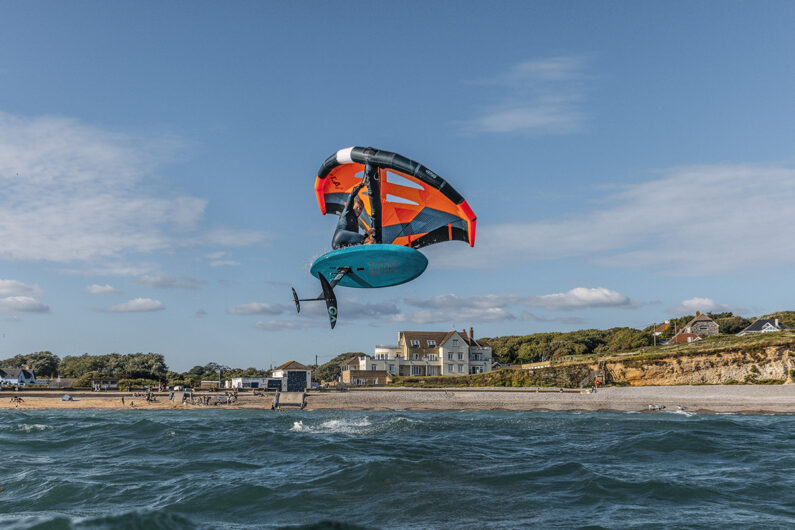
For the Rocket I used all the experience gathered during the development of the Super Yaka and Flying Saucer, but packed it into a more convenient and user-friendly package. The Super Yaka’s longer tail was combined with ideas that came up working on the Flying Saucer’s rocker and bottom shape. Combining these features and adding enhanced width and extra volume in the nose section for stability makes the Rocket easy to handle, while also boosting performance potential.
What’s the difference between the Team and MTE boards?
TEAM is our full carbon board construction with an outstanding stiffness to weight ratio. These are the boards that allow you to unlock the full performance potential of each shape.
The MTE construction is more cost-efficient during production and additionally provides unmatched durability. On the one hand this construction allows us to offer our most elaborate shapes at a lower price and on the other hand it enables us to offer heavy-duty boards for schools, centers and those, who are making their first steps in foiling.
How do you think downwinding has influenced wing board shapes cross industry?
When people started using long downwind SUP boards with wings, we quickly realized that it was possible to fly much earlier than before, because the optimized displacement hull helped generate lift at super low speed. We immediately saw the potential of such a concept, but wanted to create something that was not just a copy of a downwind SUP board. That’s how the development process started and the concept of a slightly shorter and wider outline, compared to downwind SUP boards, came up.
Does coming from a legacy of windsurf products give you a unique perspective on board design, and what are the main elements that carry over into winging?
For sure it gives me huge experience in the field of water release, pressure hull balance and aerodynamics. We have been working on hull pressure distribution and water release on fin windsurfing boards for decades and more lately on aerodynamics on windsurf foiling boards. In the end aerodynamics affect windsurf foiling and wingfoiling boards alike and good aerodynamics makes your board feel a lot more stable in the air. Of course all these years of experience with design software, CNC milling, sanding, shaping and every step that goes into producing a board helped a lot, when transitioning from building windsurfing boards to developing and shaping wingfoiling and foiling boards in general.
Where do you do the bulk of your R&D and testing and who’s involved?
I have my own workshop with a 5-axis CNC machine in Marseille, so I build all the prototypes here myself. This is a huge advantage, because I don’t have to ask an external factory to build prototypes from the latest file or travel elsewhere to shape the newest prototypes myself, which consumes a lot of time. I can quickly react on rider’s feedback and incorporate it directly into new prototype shapes. The testing is done by various people from different disciplines and of different skill levels. Of course our team is also fully involved in the testing process, the Flying Saucer for example was 100% tested by the Spanus, who were able to provide feedback, which could only be provided by riders who compete in racing at the highest level.
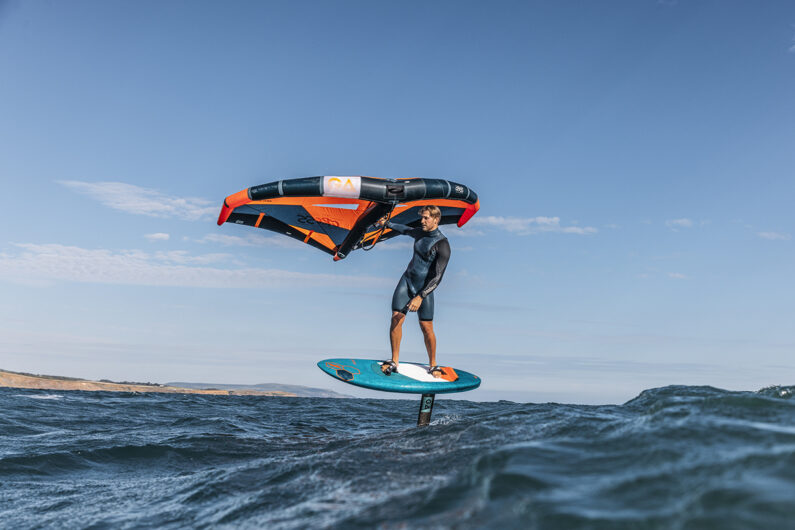


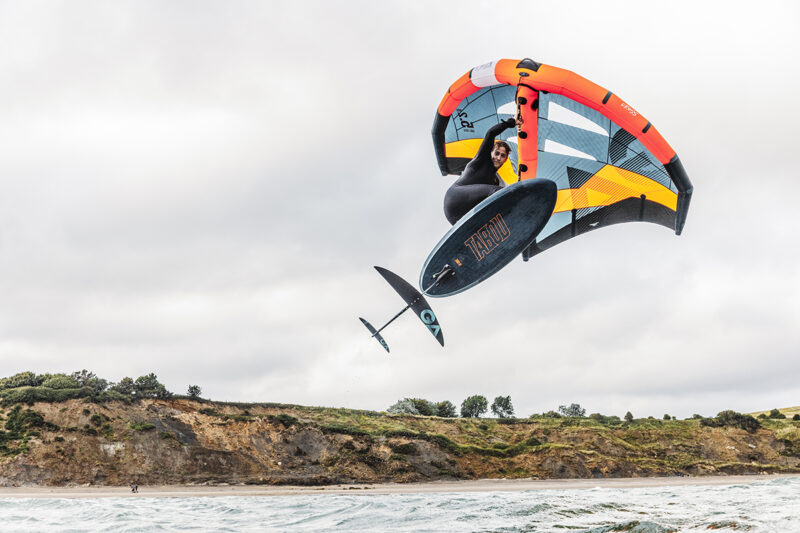

 The Zeppelin – pitched at learners – was launched a little while back, so perhaps let’s start with that one. What makes this the ideal board to start out on?
The Zeppelin – pitched at learners – was launched a little while back, so perhaps let’s start with that one. What makes this the ideal board to start out on?
